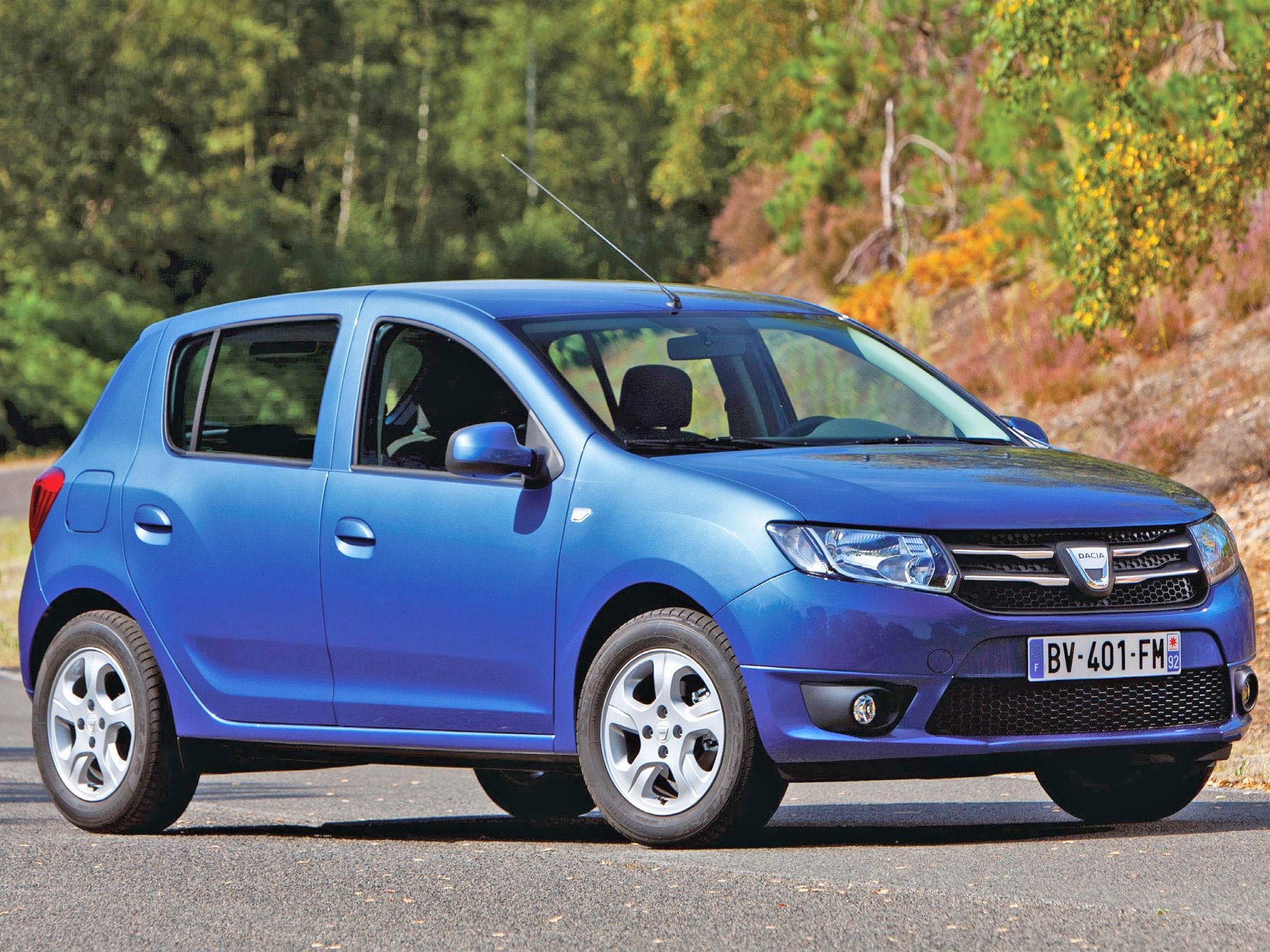Dacia Sandero Laureate TCe 90 Eco2 - Road Test
Renault’s fast-growing budget car-maker has produced another car that does the job dependably

Your support helps us to tell the story
From reproductive rights to climate change to Big Tech, The Independent is on the ground when the story is developing. Whether it's investigating the financials of Elon Musk's pro-Trump PAC or producing our latest documentary, 'The A Word', which shines a light on the American women fighting for reproductive rights, we know how important it is to parse out the facts from the messaging.
At such a critical moment in US history, we need reporters on the ground. Your donation allows us to keep sending journalists to speak to both sides of the story.
The Independent is trusted by Americans across the entire political spectrum. And unlike many other quality news outlets, we choose not to lock Americans out of our reporting and analysis with paywalls. We believe quality journalism should be available to everyone, paid for by those who can afford it.
Your support makes all the difference.Price: from £8,795 (Sandero range from £5,995)
Engine capacity: 0.9-litre turbocharged three-cylinder petrol
Power output (PS @ rpm): 90 @ 5,250
Top speed (mph): 109
0-62 (mph): 11.1
Fuel economy (mpg): 54.3
CO2 emissions (g/km): 116
The story over at Renault is increasingly becoming a tale of two companies. On the one hand, there’s what you might call the old Renault, which became one of the UK’s first big import brands with stylish but affordable cars such as the 5 and the Clio. That Renault, the French bit, is now struggling. Production comes from older, high-cost plants and the cars don’t strike a chord with buyers in the way they once did. Previous big sellers such as the Laguna and Espace have faded badly and have now been chopped from the UK range.
Then there’s the new Renault, the one we don’t really see much in Britain, the Renault of powerful international partners and promising emerging markets and brands. You’ll have heard of some of the relevant names – Japan’s Nissan, Germany’s Daimler and Russia’s Lada – but others will be less familiar; Renault Samsung Motors in Korea, for example, or Renault’s fast-growing budget car-maker Dacia from Romania. This new Renault is fizzing with potential and interesting products, and it’s probably going to save the old Renault’s bacon. In January, the UK will get its first taste of how that can work when keenly priced Dacia models turn up to help out Renault’s British dealers.
The position of Dacia in the Renault group is often likened to that of Skoda in relation to its parent brand, Volkswagen; Dacia and Skoda are both once-unfashionable Eastern European car-makers that have been thoroughly revitalised by new investment from their powerful post-Cold War parents. But there are differences too. Unlike Skoda and Volkswagen, Dacia and Renault had a long pre-merger history of working together, and while Skoda has gone up-market, Renault has anchored Dacia firmly at the budget end of the spectrum, with much lower prices.
You’ll be able to buy the Duster SUV for as little as £8,995 but the real bargain in the initial two-model UK line-up is the Sandero, which starts at a scarcely believable £5,995 for a car that is, if anything, on the large size for a five-door super-mini. We haven’t tried that bare-bones version but even our test car, which had the top-of-the-range Lauréate trim and the same new hi-tech three-cylinder petrol engine as the latest Renault Clio, came in at a still keen £8,795 – and that three-cylinder engine does just as good a job in this cheaper setting as it does in the Renault.
But how does the Sandero compare with its pricier stablemate in other areas? For the most part, pretty well. The Sandero’s handling, for example, is safe where the Clio’s is subtle. The Clio’s interior offers more in terms of style and what car-industry types call “surprise and delight” but the Sandero’s cabin, in its sturdy, understated, practical way does the job well, too. The materials used in the Dacia look, but do not always feel, as good as those in mainstream models. The seats aren’t as shapely but are still comfortable, and so on.
You can see where some of the money has been saved to achieve those low prices but you never have to do without anything you really need. That provides the Sandero with a feeling of honesty, sufficiency and integrity that gives it an appeal all of its own. This is going to sell – and in big numbers, too.
Join our commenting forum
Join thought-provoking conversations, follow other Independent readers and see their replies
Comments